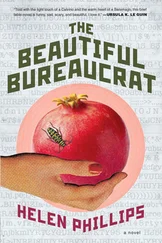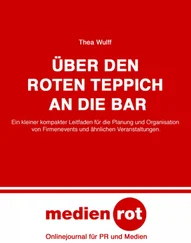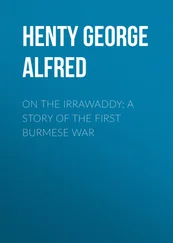Tīmūr’s youngest son, d. 850 AH. (1446 AD.). Cf. Ḥ.S. iii, 203. The use in this sentence of Amīr and not Beg as Tīmūr’s title is, up to this point, unique in the Bābur-nāma ; it may be a scribe’s error.
Fīrūza’s paternal line of descent was as follows: – Fīrūza, daughter of Sl. Ḥusain Qānjūt , son of Ākā Begīm, daughter of Tīmūr. Her maternal descent was: – Fīrūza, d. of Qūtlūq-sult̤ān Begīm, d. of Mīrān-shāh, s. of Tīmūr. She died Muḥ. 24th 874 AH. (July 25th 1489 AD. Ḥ.S. iii, 218).
“No-one in the world had such parentage”, writes Khwānd-amīr, after detailing the Tīmūrid, Chīngīz-khānid, and other noted strains meeting in Ḥusain Bāī-qarā (Ḥ.S. iii, 204).
The Elph. MS. gives the Begīm no name; Badī‘u’l-jamāl is correct (Ḥ.S. iii, 242). The curious “Badka” needs explanation. It seems probable that Bābur left one of his blanks for later filling-in; the natural run of his sentence here is “Ākā B. and Badī‘u’l-jamāl B.” and not the detail, which follows in its due place, about the marriage with Aḥmad.
Dīwān bāshīdā ḥāṣir būlmās aīdī ; the sense of which may be that Bāī-qarā did not sit where the premier retainer usually sat at the head of the Court (Pers. trs. sar-i-dīwān ).
From this Wais and Sl. Ḥusain M.’s daughter Sult̤ānīm (f. 167b) were descended the Bāī-qarā Mīrzās who gave Akbar so much trouble.
As this man might be mistaken for Bābur’s uncle ( q. v. ) of the same name, it may be well to set down his parentage. He was a s. of Mīrzā Sayyidī Aḥmad, s. of Mīrān-shāh, s. of Tīmūr (Ḥ.S. iii, 217, 241). I have not found mention elsewhere of “Aḥmad s. of Mīrān-shāh”; the sayyidī in his style points to a sayyida mother. He was Governor of Herī for a time, for Sl. H.M.; ‘Alī-sher has notices of him and of his son, Kīchīk Mīrzā ( Journal Asiatique xvii, 293, M. Belin’s art. where may be seen notices of many other men mentioned by Bābur).
He collected and thus preserved ‘Alī-sher’s earlier poems (Rieu’s Pers. Cat. p. 294). Mu’inu’d-dīn al Zamji writes respectfully of his being worthy of credence in some Egyptian matters with which he became acquainted in twice passing through that country on his Pilgrimage ( Journal Asiatique xvi, 476, de Meynard’s article).
That Babur-nama of the “Kamran-docket” is the mutilated and tattered basis, allowed by circumstance, of the compiled history of Babur, filled out and mended by the help of the Persian translation of 1589. Cf. Kehr’s Latin Trs. fly-leaf entry; Klaproth s. n. ; A.N. trs. H.B., p. 260; JRAS. 1908, 1909, on the “Kamran-docket” where are defects needing Klaproth’s second article (1824).)
For an analysis of an illustrative passage see JRAS. 1906; for facilities of re-translation see eo cap. p. xviii, where Erskine is quoted.)
See A.N. trans., p. 260; Prefaces of Ilminski and de Courteille; ZDMG. xxxvii, Teufel’s art.; JRAS. 1906.)
For particulars about Kehr’s Codex see Smirnov’s Catalogue of the School Library and JRAS. 1900, 1906. Like others who have made statements resting on the mistaken identity of the Bukhara Compilation, many of mine are now given to the winds.)











